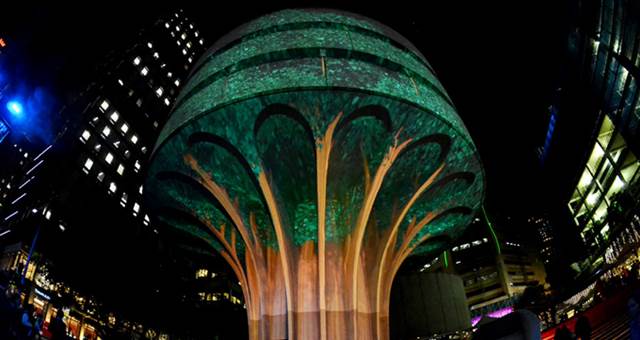
Spice caught up with the team from Technical Direction Company (TDC) to find out about what’s hot in projection mapping.
1. What are the trends in projection mapping?
Olin Winton: We are seeing the corporate, government and entertainment sector engaging in projection mapping. It’s not enough anymore to have large widescreen blends with satellite screens to engage the audience with, now all elements of the set and room can be used to portray the story. Using the architecture in buildings to completely transform the space for the audience in very popular. Once the audience has come to terms with encompassing the stage in projection adding realtime image tracking and interactivity with the images adds to the wow factor.
2. What are the creative benefits?
Pete Lynn: Projection mapping allows for the ability to transform an existing beautiful space or a very dull and boring space into something completely different, another world. The audience now become more immersed by the message, allowing for their senses to be invigorated, grabbing their attention.
3. What should creatives be looking for when working with projection mapping?
Pete Lynn: A building, structure, venue, set or something that connects with the messagethey are trying to portray. Buildings and sets with depth add to the ability to create a 3D environment, by using structure the end results can be very impressive. An understanding of where the technology needs to be placed is beneficial, if unsure bring an expert.
4. How does projection mapping transform a space and aid storytelling?
Michael Hassett: The old adage, ‘content is king’ and transforming a building or space into the story, is the true art, the selection of the appropriate building or space for the message is very important. Just because a structure or space is projectable does not meant you can tell just any story. The two go hand in hand, the message and the medium.
Pete Lynn: By making the audience forget where they are and devote their sole interest at that moment to what they are watching. If you can get people to put down their phones, your doing OK.
5. Can you give an examples where you have used projection mapping for advertising clients?
Michael Hassett: Building mapping– particularly on internal structures and spaces is highly utilised by all sectors for the corporate. We have done mapping and 3D spectaculars for a number of car companies, cosmetic, publishing and white goods corporations. I am not at liberty to name then specifically, but suffice to say there have been a lot.
Olin Winton: TDC has been engaged on several advertising projects. Depending on the surfacebeing used the creatives may have had to be discrete on not using company branding, making it a more creative and fun way to connect with the product
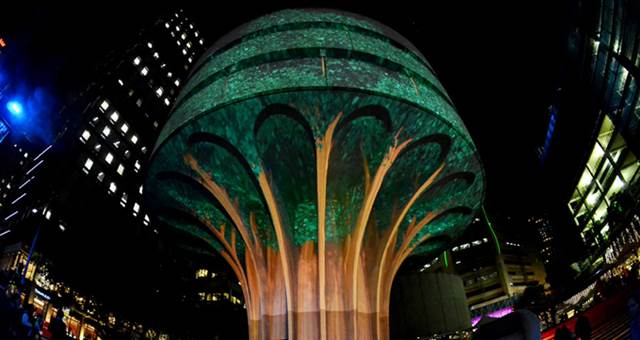
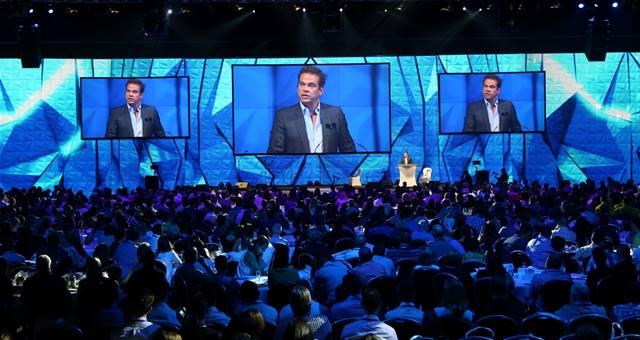
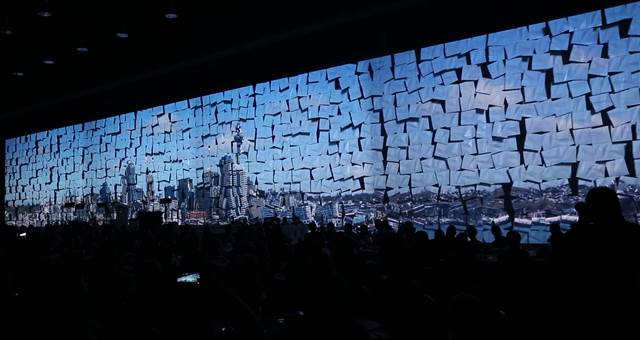
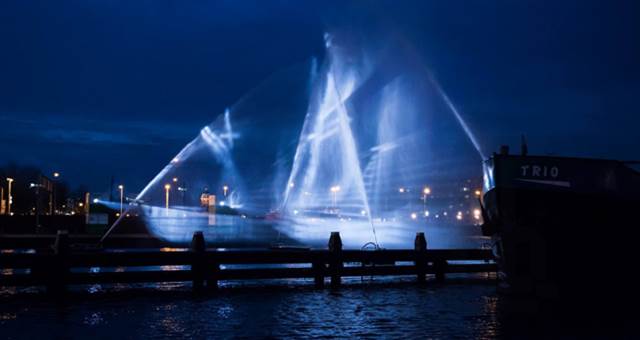
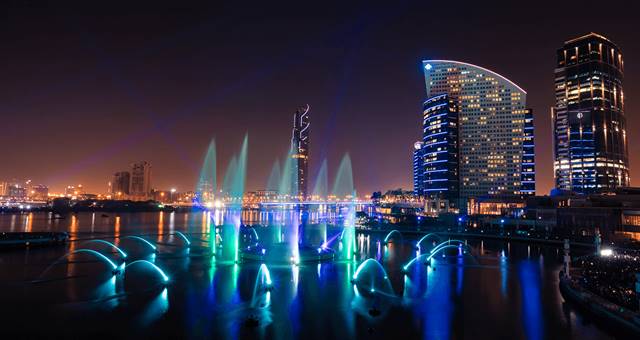

A perfect example of their work in 2013.
https://vimeo.com/59299177